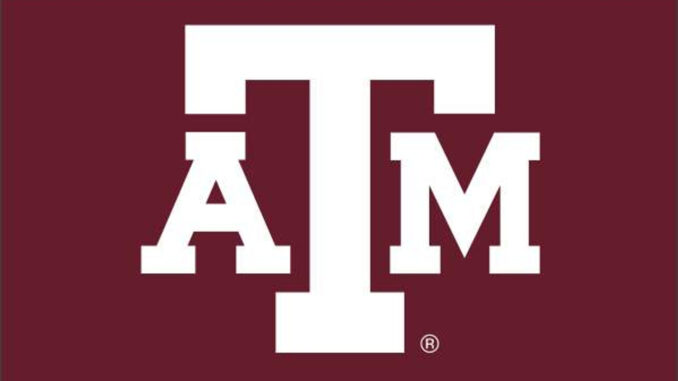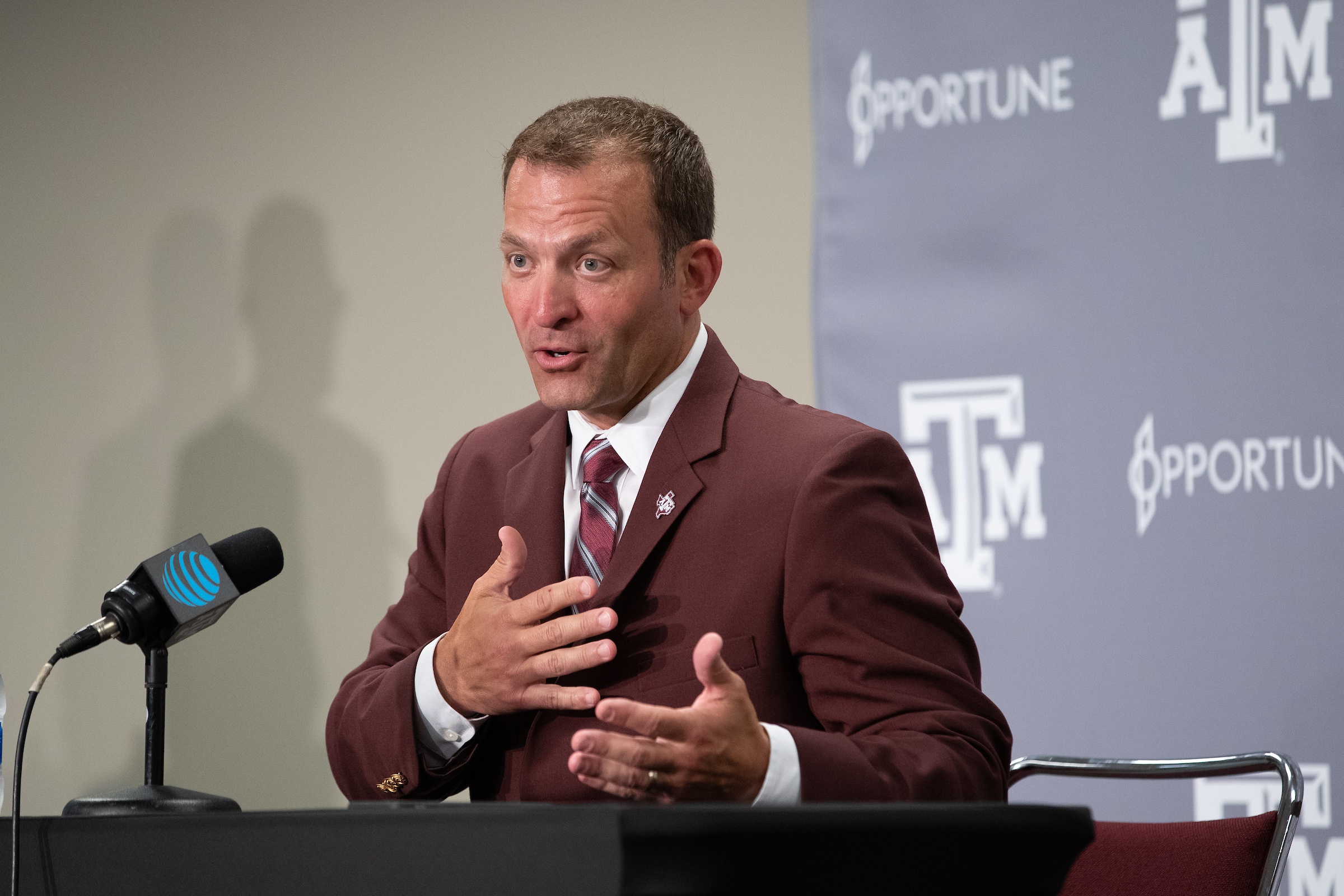

Multimedia partnerships are rapidly transforming college sports, significantly altering the revenue dynamics of athletics.
Inspired by various programs nationwide, Florida State recently established an innovative multimedia partnership with Legends. However, Texas A&M has set a new standard, revealing a landmark 15-year, $515 million agreement with Playfly Sports, set to begin in 2026.
This new agreement comes as the Aggies’ previous deal with Learfield, a 10-year extension that began in July 2015, was nearing its expiration — though no contracts were broken, according to the Sports Business Journal.
Billy Liucci of TexasAgs.com described the deal as “fully guaranteed,” making it the largest multimedia rights contract of its kind in college athletics. As a result of this massive partnership, A&M’s annual revenue is set to more than double, increasing from $18 million to an impressive $34 million.
Texas A&M now becomes part of Playfly’s prestigious lineup of prominent programs, including Penn State, Virginia Tech, and—most notably—Nebraska. Playfly secured its deal with Nebraska during Trev Alberts’ time as athletic director, and with Alberts now holding the same position at Texas A&M, his involvement in this new partnership adds extra significance.
“Having prior experience with Trev was really important and, vice versa, is just a familiarity with a shared mindset really around approaching the future of college athletics,” Christy Hedgpeth, president of Playfly Sports Properties, told Sports Business Journal. “We’ve always had an alignment and shared values around being really focused on unlocking full revenue potential and fan engagement. And that’s very refreshing. Trev, he’s very much focused on not only the mission of college athletics but also he’s a realist and a business person.”
As Texas A&M secures its place at the forefront of college sports’ multimedia revolution, this deal marks a pivotal moment for the industry. The Aggies are seemingly enhancing their financial outlook and setting a new standard for how universities engage with multimedia rights.
And because of that, it wouldn’t be surprising to see other high-profile programs follow the same blueprint.
Leave a Reply